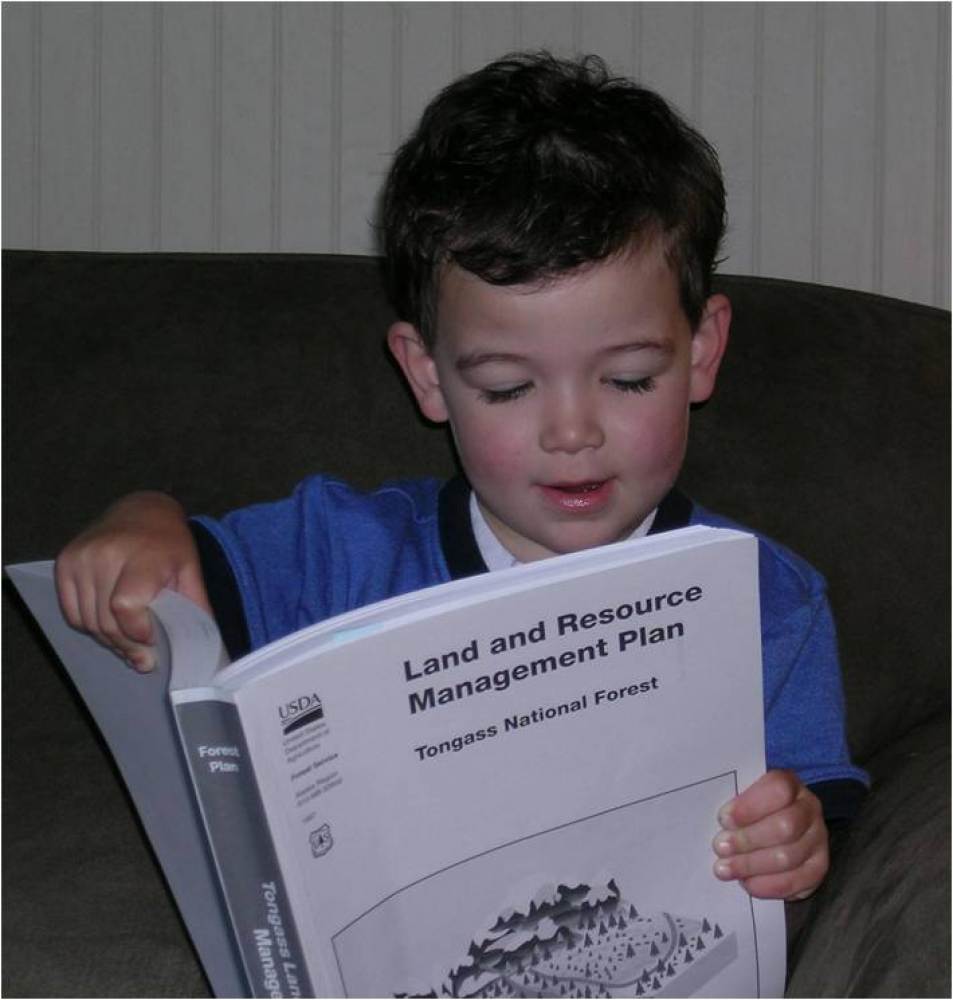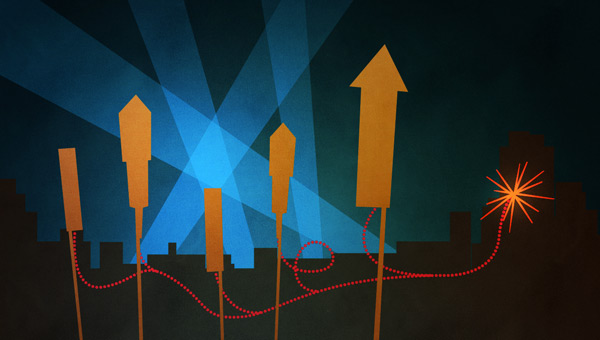
Late last fall, I started a category on the blog for “2012 Planning Rule.” As I typed those words, I realized that the original purpose of the blog will have been fulfilled with the publication of the 2012 Rule- expected soon. Martin and I had set sail on this blog into uncharted waters- a blog as a 21st century method of education and extension (in the land grant model) for policy practitioners and academics. We actually started in November 2009. So here we are, two years later, sailing into port. We may have somewhat different crew, but the ship is still in one piece, thanks to the excellence of WordPress. We can celebrate with a few brewskis at the virtual pub, and then, after some reflection, ask ourselves where we’d like to go next.
People have also asked me why I have never updated the Contributors or other parts of the blog. These conversations and thoughts have led me to the need to have a reflection period on “whither this blog?” We can then discuss and consciously, organically, redesign for that next voyage.
Martin’s relections on the journey are posted in the next post. All are encouraged to comment, or to provide a guest post. Reflection has its own natural time and rhythm, so we needn’t be in a hurry..I’ll be administering the blog as usual until we transition. Just sit back and read what Martin and I have written and let your own thoughts take form.
Here are mine:
Originally, my thought was (based on Roger Pielke Jrs.’ blog- I liked what Roger was doing- he is my blogger role model) it would be handy to have all the key information about the Planning Rule and the process in one place. It would save people time if they wanted to follow it. Also, I thought that Martin and I could have informative and entertaining (at least to us) discussions across the practitioner- academic divide. One thing I do have to say is that Martin and the folks at University of Montana were very brave about stepping out into unknown terrain.
As so many things in life, the blog did not work out exactly as planned. For one thing, an official blog on the planning rule was established so that there could have been confusion, and two locations for possible discussions. Second, the carefully thought- out pieces I intended to write were the victims of a lack of time. I was hoping that academics would have more time (based on the Pielkean model), but in this era of doing more with less, all of us would have had to spend what amounts to personal time on this effort. I discovered that the other folks who wanted to spend more time discussing current events were not academics, so it became more often a practitioner/practitioner dialogue. I have also dragged other academics, for example, Todd Morgan, in when I think they have relevant information. Academics have a variety of venues for getting their ideas out- journal articles, classes, so perhaps the need to express and debate their views is already satisfied in the academic world. And one of my original ideas was to expose students to practitioner viewpoints that they might not otherwise hear. But I have no idea how many, or if any, regular readers are students.
My goal was to hear from practitioners- people who wouldn’t be writing news stories nor press releases nor academic papers, but know the issues from what they see on the ground in their work. People whose voices are not generally heard in these discussion. I wanted to lead interested people from the superficiality of news stories into a deeper understanding of complex issues.
What we have now that I didn’t expect, but hoped for, is a core group of people with suitably diverse perspectives and physical locations who are actually fairly civil; and generally restrict themselves from the personal or partisanal (if that’s a word) attacks that make other blogs such depressing windows on the behavior of our species. I learned how to use WordPress, peel photos out of Adobe Acrobat documents, and generally have a heckuva swell time with today’s cool tools.
In addition, as the conversations developed over the years, it also became clearer to me that recent changes in the business of journalism have meant that perhaps journalists can’t always provide the public education on topics that they did when there were more of them, and they had more time. These conditions may require a forum for news stories to be questioned or clarified by groups of knowledgeable people. I still have that passion for truth seeking and listening to different voices.
For those adventuring into the post-50 life stage, I recommend the book “The Third Chapter: Passion, Risk and Adventure in the 25 years after 50”. As I read the book, this quote resonated with me about what I feel about what the blog could move toward, at its (our) best. In this part of the book the author, Sara Lawrence-Lightfoot talks about a man named Luther.
“As a faculty trainer working for an international pacifist organization, he leads workshops and seminars designed to bring people from polarized sides together for dialogue, conflict resolution and peace building. This evolving, difficult process requires patience and courage, empathy and attentiveness. But first it requires that everyone recognize that “conflict is not bad”; it can be “productive and creative.” Luther describes the process when groups come together who have a history of distrust and violence. First they begin by “mapping the conflict”- acknowledging it, naming it, establishing its scope and boundaries, and finding the points of greatest resistance and discord. Identifying the conflict is the first “way out of the growing circle of revenge.” The conflict , Luther says, is like “the tip of the iceberg, but there is lots going on underneath.” To begin to excavate the subterranean layers, the group members must engage in “deep dialogue” Each one must be courageous enough to tell his or her personal truths and “listen without denying.” This is very hard. Emotions flare; people get defensive; they project their pain onto others . There are advances in understanding, moments of reconciliation, even epiphanies followed by retreats and accusations as people slide back into their comfortable and familiar stances. The learning that goes on in the group is both individual and collective, personal and public.”
Yes, I do feel a bit guilty that we just started blogging without considering the Best Available Science on conflict resolution ;).
As we discern a future course for the blog, it would be helpful if I could hear from you, our readers, commenters and contributors.. feel free to write, call, or otherwise communicate your thoughts to me. In this expanding (and yet civil) internet community, there are many courses we could set… ships were not designed to stay in port.
If you need tickler questions, pick any below that suit your fancy. For the more right-brained among us, feel free to share your dreams, art, symbols or images to add to our joint reflection.
Why do you read this blog?
What do you like about it ?
What surprised you?
What do you dislike about it?
What niche do you think it fills?
What do you think about the topics?
If you don’t comment, why not?
What do you think about continuing/discontinuing/changing /repurposing the blog?
Are there particular features you would like to see?
As I said, I’d like to make this more reflective than usual and so don’t be in a hurry- I’ll round up what I’ve heard every couple of weeks and do more reflection, then we can play with different experiments and see how they work.
 Photos from “Save the Azaleas.”
Photos from “Save the Azaleas.”




